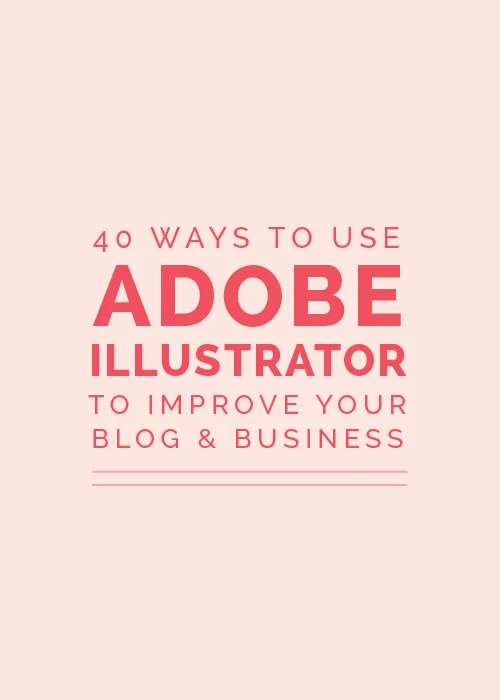It's easy to overlook your audience when 99% of blog work happens alone behind a computer screen. In blogging, your readers aren't right there in front you; you don't get to see their reactions and responses firsthand. But they're there. Even if you're new to blogging, they'll be there soon.
Your audience should be affected by your blog, and your blog should be affected by your audience. After all, isn't that why you're blogging in the first place? Today's post is all about identifying and engaging your viewers to create a loyal blog audience.
Identifying your audience
1. Look at yourself.
Chances are, your readers have a lot in common with you. Bloggers write about things that interest them, so looking at yourself is a great place to begin when you're finding your reader demographic. How old are you? What season of life are you in? What is your career path? What are your interests? You get the gist. If you were trying to market a business to yourself as a potential customer, how would you identify yourself?
2. Who do you want to read your blog?
Take some time to think about what your ideal readers would be interested in. What would they respond to? How old are they? Are they still in school or already on a career path? Are they creative?
3. Who is currently reading your blog?
If you're brand new to blogging, you can skip this step. But if you already have a reader base, spend some time identifying your current readers and what they're all about. You may already have a good impression of who they are through feedback on your blog or social media. If not, try offering a reader survey to gather data.
Do you notice stark differences between your current readers and your ideal readers? This could be the perfect time for you to change things up and post something that your ideal readers would love. This may seem counter-productive, but sometimes you have to lose a few followers in order for your blog to grow over time. It's like that saying, "you have to take one step back in order to take two steps forward."
Knowing who your readers are is important, and caring about their interests is always something you should strive to understand if you want to connect with them.
Engaging your audience
The number of blogs out there continues to grow. A great way for setting your blog apart is by allowing your readers to interact with you. Make them feel like they are a part of your blog, too! Interaction creates a sense of community, community creates loyalty, and loyal readers are fundamental to the success of your blog.
In their blog class, A Beautiful Mess had some great tips on how to get your readers involved in your blog:
Host a Q&A session
I love getting to know the ladies behind the blogs I follow. Start a Q&A and let your readers ask you questions. I did this in last week's Coffee Date, and I was so surprised by the questions that my readers asked me! Not only were they fun to answer, but they gave me an opportunity to connect with ladies who follow along with me.
Host a giveaway
Everyone loves free stuff. Giveaways are a great way to say "thank you" to your audience and they engage readers who don't always comment on your blog.
Ask for help
One of the most important things I've learned through blogging is that you don't have to have all of the answers. You don't have to be an expert in the field you're blogging in; we all need help sometimes. Ask your readers for feedback or advice - you might be surprised by the amount of feedback you receive.
Offer free content
Like I said before, everyone loves free stuff. That's what blogs are! Find ways to give readers more of what they love. They will appreciate you going the extra mile to provide resources for them.
Here's another tip that has helped me: Take some time to respond to blog post comments. Readers have taken the time to write you a note, so let them know that you appreciate their feedback and keep the conversation going by responding to them.
Identifying and engaging your audience is one of the most important aspects of blogging. Keep your readers in mind as you're posting. After all, they're the reason you're blogging in the first place!
Seasoned bloggers: What are some ideas you've found helpful for engaging your audience? New bloggers: What questions about identifying and engaging readers did I leave unanswered?


















